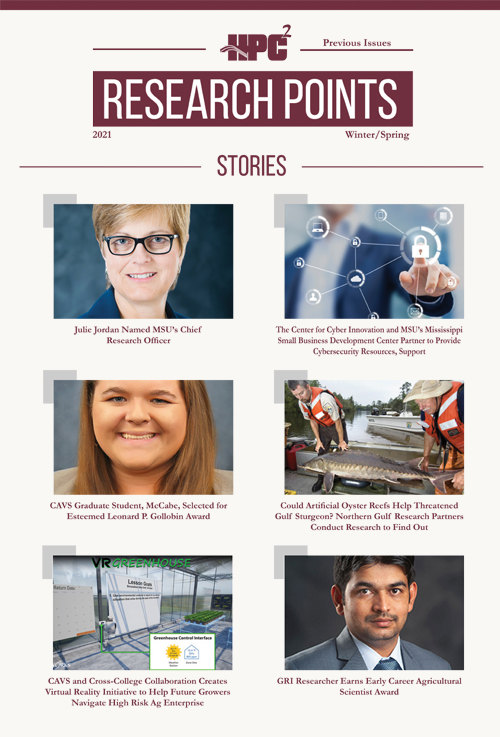


Therefore, sustainability significantly gains from the combination of AM and SPs. e., if AM is compared to metal casting and plastic injection molding and is used during design development or when making a limited number of parts, AM is more sustainable, that is, it requires less overall resources, because it requires no mold. The plastics for these families are provided as liquid, powder, and filament, respectively.Ĭurrently, feedstocks for AM encompass a number of commercial grades of filled and unfilled SPs, and an even larger number of experimental grades of SPs and fossil-based plastics filled with biobased ingredients, such as cellulose and natural fibers.ĪM can be more sustainable than some conventional processes and when utilized in specific conditions. The most popular AM processes for plastics fall into three families: vat photopolymerization, powder bed fusion, and material extrusion. AM processes are basically characterized by the fact that making any object starts with a CAD-based 3D computer model that is ultimately fabricated adding layer upon layer of material.

2021) Sustainable plastics for AMĪs feedstocks, SPs have been formulated for a family of manufacturing and prototyping processes best known as Additive Manufacturing (AM) or 3D printing.

In 2020 biobased polymers were derived from glycerol, starch, sugars, non-edible plant oil, cellulose, and edible plant oil, in decreasing order (Skoczinski et al. However, the production of SPs in million tonnes is expected to raise from about 4.25 in 2019 to about 4.8 in 2024, according to nova Institute, a German research institute focusing on renewable carbon. SPs constitute only a very small portion of the volume of plastics globally consumed, namely 1% of 3.9 million tonnes in 2019. The market segments of SPs in 2020 were the following, in decreasing order: fibers, and packaging (same amount), automotive and transportation, building and construction, consumer goods, and others (including additive manufacturing, 3D printing, film, medical, aquaculture), and (at 3%) agriculture and horticulture, electric and electronics, functional (adhesive, coatings, cosmetics) (Skoczinski et al. In conclusion, SPs do not solve all the environmental problems caused by plastics but represent a significant improvement in that regard over fossil-based plastics. Other shortcomings are: (a) some low-degrading or nondegradable bioplastics only break-down at elevated temperatures or when treated in municipal digesters or composters (b) some biodegradable plastics only degrade in landfill sites under certain specific conditions (c) decomposition during composting generates methane gas that is many times more potent than CO 2, and contributes to global warming (Atiwesh et al. 2021): costly manufacturing, narrow processing window, potential food competition, brittleness, not all SPs are biodegradable, etc. However, SPs also face some shortcomings (Ferreira-Filipe et al. fossil-based plastics: they are unaffected by crude oil price fluctuation, lightweight, less expensive, a source of revenue for farmers, and use of excess and waste of crops (peas, green beans, chickpeas. Sustainable plastics (SPs) are basically biobased plastics that are plastics formulated from renewable resources, such as plants and animals (besides by-products, and organic residues), instead of fossil resources, such as crude oil and gas. Polymers are man-made or natural compounds consisting of very long chains of a given molecule. Plastics that can contribute to sustainability are known as SPs and sustainable plastics for AM can accelerate the transition to more sustainable plastics manufacturing. There is worldwide consensus among governments, companies, consumers, and public opinion on the necessity to improve sustainability in manufacturing, use of natural resources, economy, living standards, etc.


 0 kommentar(er)
0 kommentar(er)
